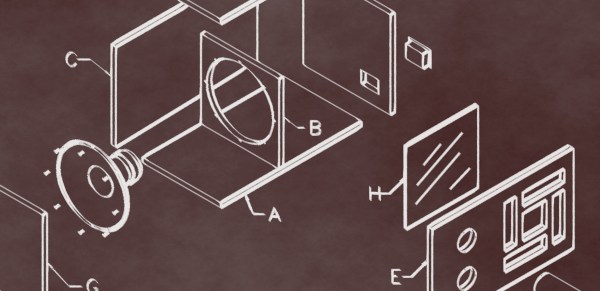You normally don’t think a lot would go into the construction of a chair. However, when that chair is attached to a commercial jet plane, there’s a lot of technology that goes into making sure they are safe. According to a recent BBC article, testing involves crash dummies and robot arms.
Admittedly, these are first-class and business-class seats. Robots do repetitive mundane tasks like opening and closing the tray table many, many times. They also shoot the seats with crash dummies aboard at up to 16 Gs of acceleration. Just to put that into perspective, a jet pilot ejecting gets about the same amount of force. A MiG-35 pilot might experience 10 G.
We didn’t realize how big the airline seat industry is in Northern Ireland. Thompson, the company that has the lab in question, is only one of the companies in the country that builds seats. Apparently, the industry suffered from the global travel slowdown during the pandemic but is now bouncing back.
While people worry about robots taking jobs, we can’t imagine anyone wanting to spend all day returning their tray table to the upright and locked position repeatedly. We certainly don’t want to be 16 G crash dummies, either.
Crash dummies have a long history, of course. Be glad airliners don’t feature ejector seats.


















